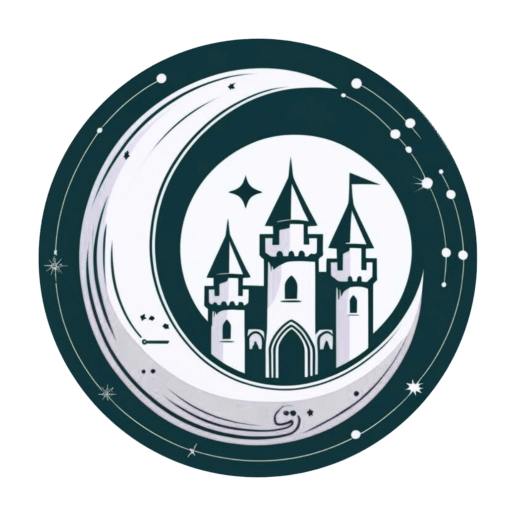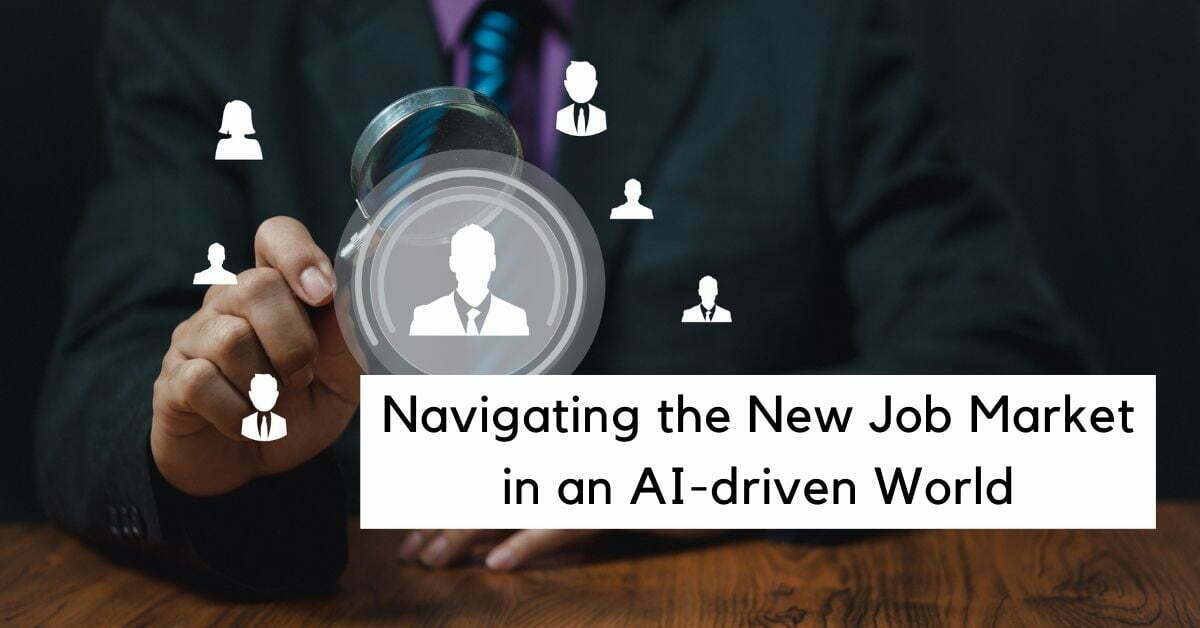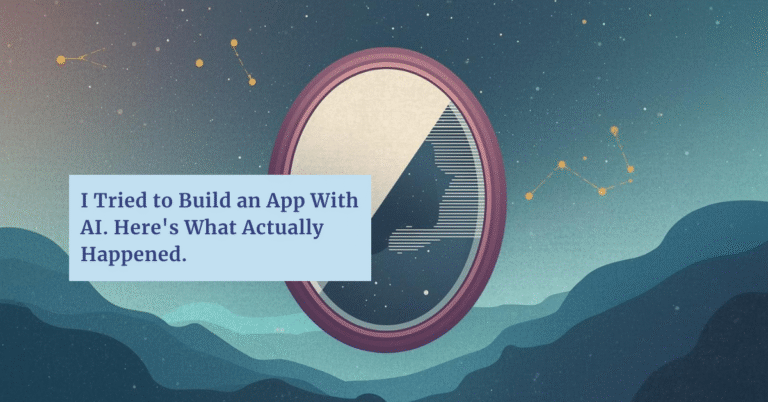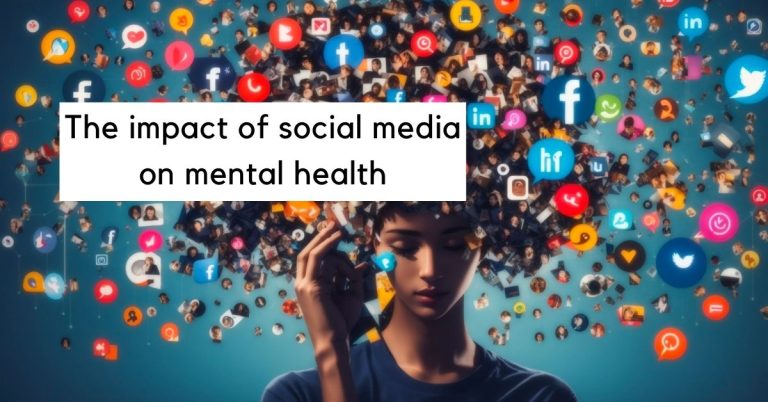Navigating the New Job Market in an AI-driven World
The dawn of AI and automation, akin to our very own mechanical Mary Poppins, has been a spectacle of incredible productivity boosts and a fountainhead of innovation.
As we enter into a future where machines are becoming our tireless allies, the economic landscape transforms, drawing pictures both of awe and apprehension.
With the prospect of AI contributing a colossal $15.7 trillion to the world economy by 2030, the sheer magnitude is enough to make even the most steadfast economist giddy. There is no doubt that AI is revolutionizing industries from art to insurance.
But, there’s an intriguing plot twist. As we embrace this digital revolution, it begs the question – are we heading towards a future of boundless economic prosperity or risking job displacement on a massive scale?
Let’s strap in, engage our curiosity thrusters, and embark on this rigorous journey through the realm of AI, machine learning, and automation. We promise, no more middle school hooks from here on out.
The Ascend and Descend of Elevator Operators
To navigate this dynamic narrative of the ai job front, let’s first descend into the annals of history with a case study that epitomizes the cyclical nature of job markets in the face of technological advancements: Elevator Operators.
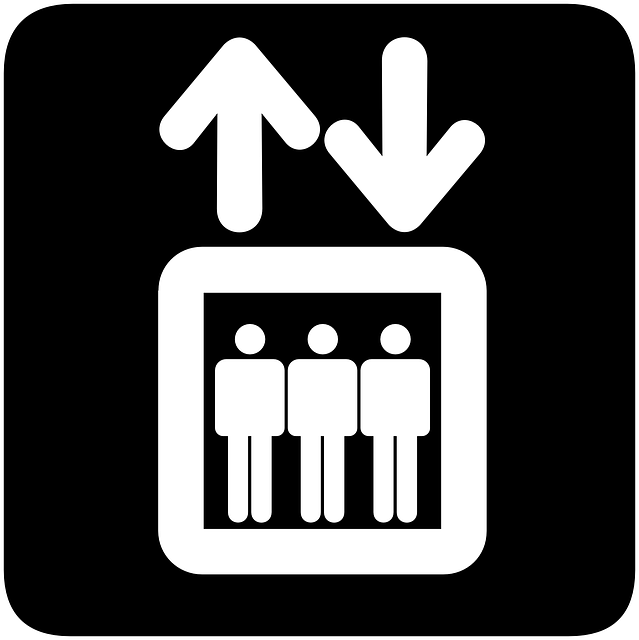
Back when buildings began to scrape the sky, and elevators became more commonplace, elevator operators were a necessity. Every building that towered over ten stories had one. Their role was integral to the smooth functioning of these buildings, ensuring the safe vertical commute of its occupants.
However, as automation seeped into nearly every industry in this space, a seemingly indispensable job began to fade into obsolescence. Today, a modern individual might laugh at the thought of needing an operator to use an elevator. The job has become so rare that only the most historic or luxury buildings maintain one for the sake of tradition or novelty.
Yet, the automation of elevators and their subsequent ubiquity gave rise to a multitude of new roles. There was an increased need for maintenance, repair, safety checks, data engineering, and upgrades. Hence, instead of one elevator operator, there were now multiple people working on and around elevators, albeit more behind the scenes.
The rise and fall of elevator operators serve as a potent illustration of how job roles transform and adapt in the face of automation, rather than simply disappearing.
As we continue our journey, exploring the impact of AI and automation on creative professions, let’s remember this – change is not always a harbinger of extinction, but often a signal for evolution.
Artificial Intelligence and Creative Jobs
In this realm of human ingenuity and expression, we may find that the advent of AI and automation is not an approaching storm, but a blooming garden of opportunities. So let’s take a closer look at the effects of these technological advancements on demand for various creative professions.
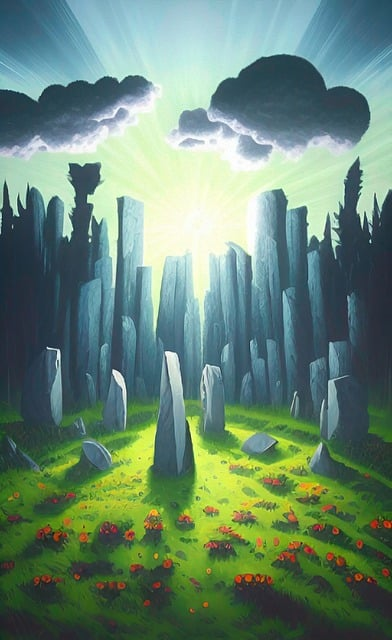
Artists in the Age of AI
Artistry and AI may seem like strange bedfellows, but they’re dancing an intricate duet in today’s world. Artists are always in pursuit of new tools and mediums to express their creativity, and AI is proving to be a potent collaborator.
From AI-assisted design software that expedites the creative process to deep-learning algorithms that can generate entirely new pieces of art, artists are leaping into uncharted territories of creation. It can be easily seen that thousands of Google searches are being made from people looking at how to use DALLE-2 or where free art generators can be found.
However, this unprecedented union of art and AI does not come without its fair share of challenges.
Questions about the authorship and copyright of AI-generated art are arising, sparking heated debates in the art, computer science and legal communities.
Yet, this is not a challenge unique to AI but one that has always existed with the advent of new technology. Thus, while some are quick to deem this as a threat to art’s integrity, others see it as an opportunity to redefine what constitutes art itself and who can create it.
The Symphony of AI and Musicians
Music is another creative domain being reshaped by AI. Algorithms that can compose original music, generate lyrics, or even play instruments are emerging. They’re giving musicians the ability to experiment with different styles, structures, and sounds, resulting in unique and innovative pieces.
AI is also democratizing music production. Software that simplifies the creation of high-quality music can turn novices into composers, blurring the line between professional and amateur.
For some, this might signal a threat to the exclusivity of the music industry, but for many, it’s a wonderful opportunity for music to become a more widespread and accessible form of expression.
AI: The Writer’s New Muse
Writers, too, are finding AI to be a valuable ally. AI-driven tools, like Auto-GPT or GPT-4 LLM, have transformed the writing process. They can search the internet, build documents, check for grammatical errors, and even suggest improvements in the narrative flow. This enables writers to produce more engaging and polished content faster.
Moreover, AI is helping writers break through the barrier of scale. With AI’s ability to generate content, writers can cater to multiple platforms simultaneously, widening their reach and impact. This has significantly increased the potential for writers to contribute to a more diverse range of projects, thus expanding their own career opportunities horizons.
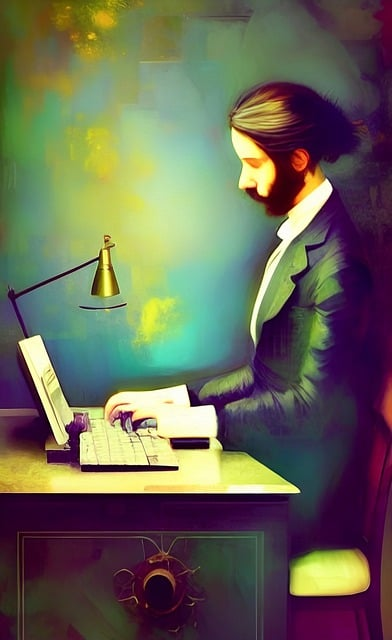
AI isn’t just fostering new careers; it’s revolutionizing the way we approach existing ones. Artists, musicians, writers – these professions are only the tip of the iceberg.
We are witnessing revolutions within education systems and the classroom, all the way to the very court of law our nation runs on. With all revolutions however, we find ourselves new problems and obstacles to overcome.
Potential Solutions
As we navigate through the rapid changes brought about by AI and automation, it becomes crucial not only to anticipate the transformations but also to prepare adequately. Recognizing potential solutions and taking proactive steps can ensure we harness the power of AI while mitigating its challenges. Let’s delve into some strategies.
Continuous Learning and Adaptability
The first solution lies in fostering a culture of continuous learning and adaptability. In the face of rapid technological progress, it’s crucial for individuals and organizations to stay up-to-date with advancements and adapt accordingly. As traditional roles evolve and new ones emerge, acquiring new technical skills, and competencies will be paramount.

A great example of this is the need to understand AI-based tools like GPT-4 LLM, Auto-GPT, and other emerging technologies. This entry-level knowledge will not only allow professionals to augment their current work but will also open up entirely new avenues for career development.
Regulations and Ethical Considerations
Next, we need to address the legal and ethical implications of AI. Clear regulations are required to deal with issues such as copyright of AI-generated work, the responsibility for AI actions, and data privacy. Developing these laws will ensure a more secure and equitable AI-powered world.
Workshops and AI Literacy
There is also a need to promote AI literacy. This can be achieved through workshops, webinars, and educational programs that aim to demystify AI and related technologies. Such initiatives can help people from various sectors to grasp how these tools can enhance their work and even lead to novel job roles.
AI in Education and Job Training
Incorporating AI in education and job training is another potential solution. AI can be utilized to personalize education, making it more engaging and efficient. Furthermore, AI can play a crucial role in job training, especially for jobs that didn’t exist before, like the mentioned equivalent of “air traffic controllers” for autonomous vehicles.
Public-Private Partnerships
Lastly, public-private partnerships can play a critical role in managing the shift. Governments, businesses, and educational institutions need to collaborate in designing policies and initiatives that support workers during this transition, such as reskilling programs, safety nets for displaced workers, and pathways for transitioning into new jobs.
The future job market, reshaped by artificial intelligence jobs, machine learning algorithms, and automation, may seem daunting. But remember, every great leap in technology throughout history has been met with similar anxieties.
Yet, we have always adapted, evolved, and often come out stronger. With a proactive approach, analytical skills, a readiness to learn, and effective collaboration, we can ensure that this AI-powered revolution will be another testament to our resilience and ingenuity.
Final Thoughts
As we stand at the precipice of an AI-driven era, the shifts in job markets in engineering and creative professions underline a future of remarkable transformation.
The extinction of some roles, much like the elevator operators of yesteryears, will give birth to a plethora of new, unimagined career paths. And the realms of creative professions will not only be influenced by ai job market but also amplified.
The journey is not without challenges however. Preparing for this shift, while mitigating its potential drawbacks, will require concerted efforts at individual, organizational, and societal levels.
It calls for regulations and ethical frameworks for data scientists, enhanced AI literacy, and robust public-private partnerships.
As we move forward, a future looms where AI might not just be a tool, but potentially, a conscious entity.
This exciting and philosophical premise raises thought-provoking questions about consciousness, AI sentience, business intelligence, artificial general intelligence itself, and what it truly means to be intelligent.
Could AI systems develop consciousness? Have they already? What would it mean for us, and how would it further transform our world?
The lines between human intelligence and artificial intelligence continue to blur, these questions become ever more pressing and fascinating.
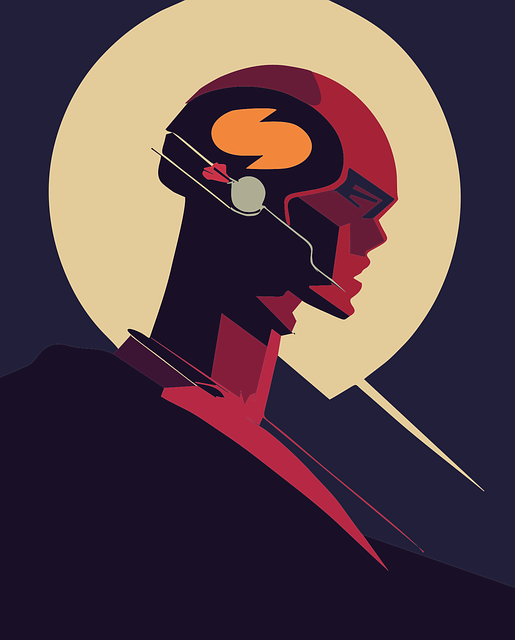
As we approach this uncharted territory, one thing remains clear: the AI revolution is upon us, and it is reshaping our lives and professions in ways we have only begun to understand.
Let us embrace it, prepare for it, and, most importantly, be ready to evolve with it. After all, our ability to adapt and grow has always been our most potent tool, even more powerful than the most advanced AI.
